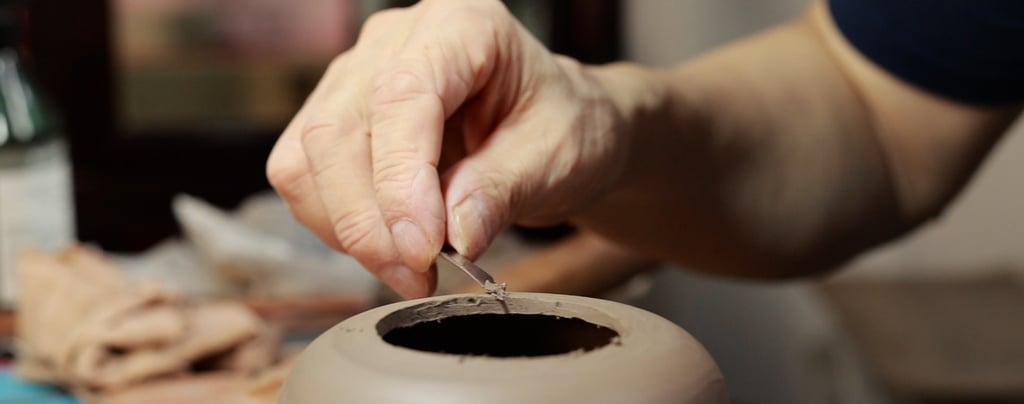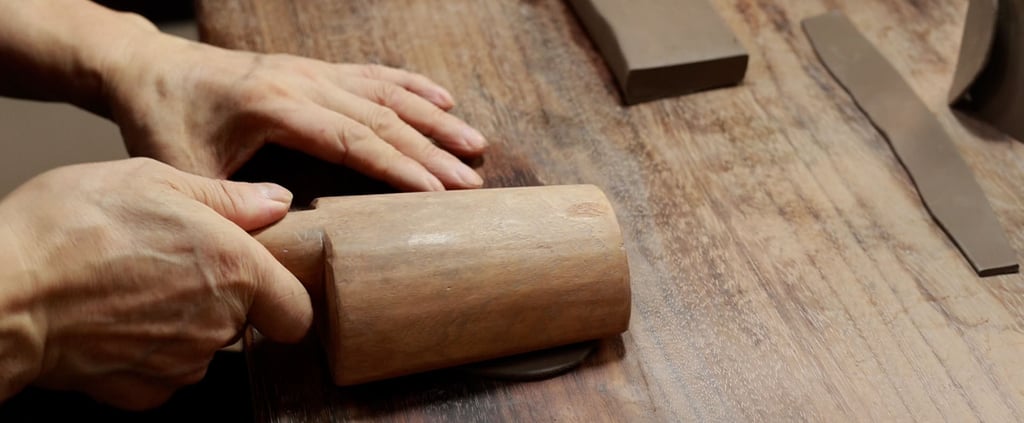Exploring the Connection Between Yixing Teapots and Buddhism
This blog delves into the connection between Yixing teapots and Buddhism, highlighting their historical evolution and spiritual significance. It explores how Buddhist influence shaped teapot designs, symbolizing mindfulness, enlightenment, and cultural heritage within Chinese tea traditions.
YIXING TEAPOTS
Let’s be real—when you think about teapots, you probably don’t immediately connect them with spirituality or enlightenment. But if you’ve ever held an authentic Yixing teapot in your hands, you might’ve felt something different. These handcrafted clay teapots aren’t just about brewing the perfect cup of tea—they carry centuries of Buddhist influence and cultural wisdom.
So, what’s the story behind this connection? How did a humble clay teapot become intertwined with spiritual enlightenment? Let’s break it down.
Unveiling the Buddhist Influence on Yixing Teapots
"The World's Best Teapot" and Its Buddhist Origins
You might’ve heard of the Gongchun Teapot, often hailed as "The World's Best Teapot." Its story starts at Jinsha Temple in Yixing, a sacred Buddhist site. Legend has it that Gongchun, the creator, learned his craft from a Buddhist monk.
What makes this story even more captivating? The teapot’s design was inspired by a tree knot, and its clay was sourced directly from the temple grounds. This wasn’t just pottery—it was a blend of spiritual reverence and artistic mastery.
The Gongchun Teapot isn’t just a relic; it’s a reminder of how deeply Buddhism influenced the development of Yixing teapot craftsmanship.


"Tea Guided by the Teapot" and Its Buddhist Significance
Tea drinking in ancient China wasn’t just about sipping a warm beverage—it was a spiritual practice. Buddhism, particularly the Nirvana School, rejected idol worship and instead focused on inner enlightenment.
For some monks, holding a Yixing teapot and savoring tea became a meditative ritual. The teapot wasn’t just a vessel; it was a symbol of mindfulness and presence, much like a meditation cushion or a prayer bead.
Every pour, every sip—it was all about being fully present in the moment.
Teapot Designs and Their Buddhist Inspirations
Take a closer look at some traditional Yixing teapot designs, and you’ll notice the Buddhist influence woven into the details. For example, the "Rongtian Teapot" was inspired by the Laughing Buddha, symbolising the idea that "a large belly can hold all things."
These designs go beyond aesthetics—they carry spiritual messages of simplicity, mindfulness, and acceptance.
The artistry isn’t just about making the teapot look good—it’s about creating an object that inspires a moment of reflection.


Conclusion
At first glance, a Yixing teapot might just seem like a well-crafted tea vessel. But dig a little deeper, and you’ll see it’s a bridge between craftsmanship, spirituality, and tradition.
The connection between Yixing teapots and Buddhism is more than just history—it’s a living testament to how art and spirituality can blend seamlessly.
So next time you pour tea from a Yixing teapot, remember: you’re not just holding clay. You’re holding a piece of history, mindfulness, and quiet wisdom.
If you’re keen to explore more about tea culture, check out our blog for deeper insights and tips.
FAQs
1. What makes Yixing teapots unique in Buddhism?
Yixing teapots are more than functional—they carry deep spiritual symbolism, often tied to mindfulness and meditation practices rooted in Buddhism.
2. Why is the Gongchun Teapot so famous?
It’s considered the "World’s Best Teapot" because of its craftsmanship, historical roots in Jinsha Temple, and its connection to Buddhist traditions.
3. How do Yixing teapot designs reflect Buddhist influence?
Many designs, like the Rongtian Teapot, are inspired by Buddhist figures and teachings, symbolising mindfulness, peace, and simplicity.
4. Can using a Yixing teapot really enhance mindfulness?
Absolutely. The ritual of brewing and drinking tea from a Yixing teapot encourages focus, presence, and an appreciation for the moment.
5. Where can I learn more about Yixing teapots and their history?
Our blog is packed with resources and stories about tea culture, Yixing craftsmanship, and their spiritual roots—check it out!
